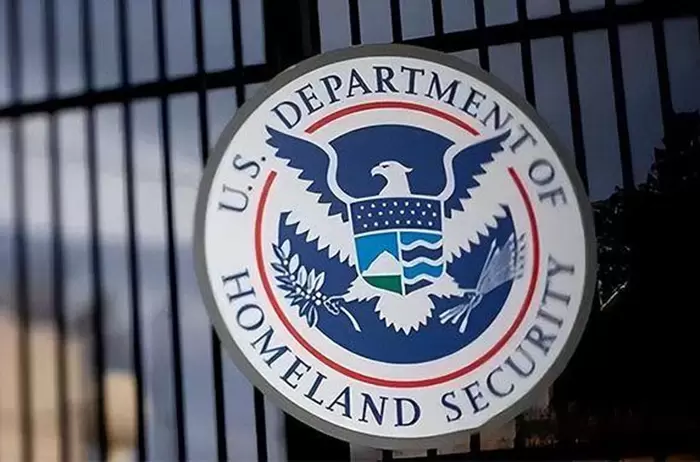
In today's interconnected world, shipping plays a crucial role in facilitating global trade and ensuring the smooth movement of goods. Whether it's a small package or a massive cargo shipment, understanding the process of shipping is essential for businesses and individuals alike. In this comprehensive guide, we will delve into the intricacies of the shipping process, providing valuable insights and practical knowledge.
- Pre-Shipping Stage:
Before a shipment can embark on its journey, several crucial steps must be taken. These include:
a. Documentation and Customs Clearance:
Shipping begins with the preparation of necessary documents such as commercial invoices, packing lists, and bills of lading. These documents serve as proof of ownership, provide details about the goods being shipped, and facilitate customs clearance procedures.
b. Packaging and Labeling:
Proper packaging is vital to ensure the safety and integrity of the goods during transit. Depending on the nature of the items, specific packaging requirements must be met. Additionally, accurate labeling with essential information such as addresses, tracking numbers, and handling instructions is crucial for efficient handling and delivery.
- Carrier Selection and Booking:
Once the pre-shipping stage is complete, the next step is to select a suitable carrier and book the shipment. Factors to consider include:
a. Mode of Transportation:
Choosing the most appropriate mode of transportation, such as air, sea, or land, depends on various factors like cost, urgency, and the nature of the goods. Each mode has its advantages and limitations, and careful consideration is necessary to make an informed decision.
b. Freight Forwarders and Logistics Providers:
Engaging the services of experienced freight forwarders or logistics providers can simplify the shipping process. These professionals have extensive knowledge of shipping regulations, carrier networks, and can handle complex logistics, ensuring a smooth and efficient journey for the goods.
- Transit and Tracking:
Once the shipment is en route, it is crucial to have visibility and control over its progress. This is achieved through:
a. Tracking Systems:
Modern shipping companies provide advanced tracking systems that allow customers to monitor their shipments in real-time. These systems provide updates on the location, estimated arrival time, and any potential delays, enabling proactive management and timely communication with stakeholders.
b. Risk Management:
During transit, various risks such as theft, damage, or natural disasters may arise. Implementing risk management strategies, such as insurance coverage and contingency plans, can mitigate potential losses and ensure the security of the shipment.
- Customs Clearance and Delivery:
As the shipment reaches its destination, customs clearance procedures must be completed, and final delivery arrangements made. Key considerations include:
a. Customs Regulations:
Different countries have varying customs regulations and requirements. Compliance with these regulations is crucial to avoid delays, penalties, or even confiscation of goods. Working with customs brokers or agents can streamline the clearance process and ensure adherence to all necessary procedures.
b. Last-Mile Delivery:
The final leg of the shipping process involves delivering the goods to their intended recipients. This may involve coordination with local delivery services, ensuring proper documentation, and providing timely updates to the recipient regarding the delivery schedule.
Conclusion:
The shipping process is a complex and multifaceted operation that requires careful planning, coordination, and adherence to regulations. By understanding the various stages involved, from pre-shipping to final delivery, businesses and individuals can navigate the shipping landscape with confidence. Whether it's importing goods for a business or sending a personal package overseas, a comprehensive understanding of the shipping process is essential for successful and efficient operations.




